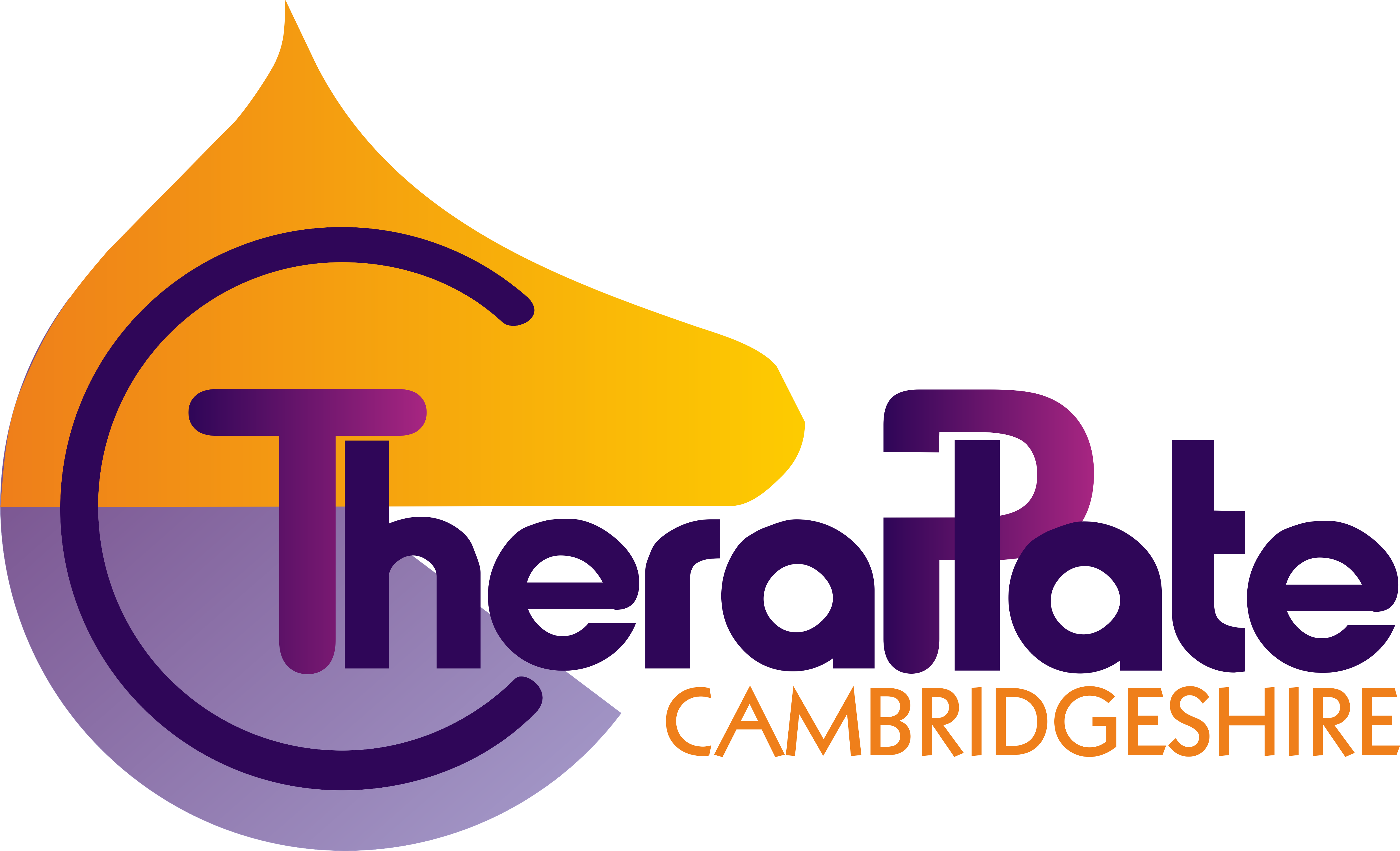

What is the TheraPlate?
The Theraplate is a totally unique therapy platform which uses advanced, patented technology called Vortex Wave Circulation (VWC) Therapy. This patented technology is what sets the Theraplate aside from other therapy platforms. It causes the motors to move in a circular motion, which when an object is placed on the platform creates a centrifugal force.
VWC does not produce any form of vibration. Centrifugal force appears to act on a body by moving in a circular path and is directed away from the centre around which the body is moving. When the motion created by the platform acts upon the body, the resulting involuntary muscle contraction promotes blood circulation to areas of the body not usually targeted when standing still.
What can the TheraPlate be used for?
The Theraplate is used daily by professional athletes all around the globe and supported by veterinarians, chiropractors, physiotherapists and rehabilitation specialists alike. The range of units can be used by humans, horses and other animals, all benefiting from the same patented Vortex Wave Circulation Therapy.
Improved circulation can assist with the following –
- Removal of toxins
- Reduce inflammation
- Bringing nutrient rich oxygen to help muscle recovery
- Preventing muscle related problems
- Reducing muscle soreness
- Improved recovery
- Reducing/relieving pain
- Improving the body’s natural ability to heal itself
All of the above can aid in the recovery and/or support of a wide range of injuries and conditions, such as breaks, tendon tears, muscle strains/atrophy and laminitis to name just a few. Basically, if increased blood flow would help recovery, the Theraplate is the tool for the job!
Because the Theraplate does not vibrate, and is impact free it can be used from the very start of a recovery or rehabilitation program. It can also be used to support a fit and healthy animal or human, you don’t need an problem to see the benefits!!
What evidence is there that it actually works?
Two independent clinical studies were conducted at the Mississippi State University in 2019. A muscle mass study which focused on the Longissimus Thoracis, Longissimus Lumborum and Extensor Carpi Radialis. And a bone study focusing on the Nutrient Foramen thickness and Nutrient Foramen circumference. The abstracts can be viewed in the Journal of Equine Veterinary Science, Volume 76 on pages 52 and 57. Alternatively, drop me an email and I’d be happy to discuss anything and share the studies directly with you.
Proudly powered by WordPress